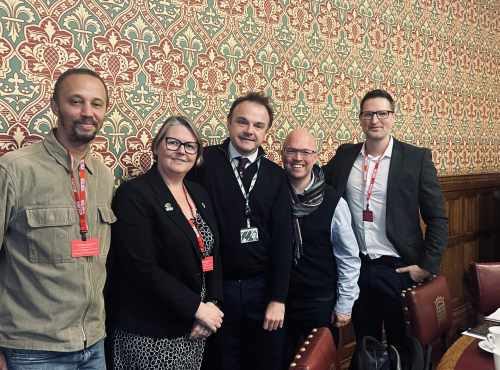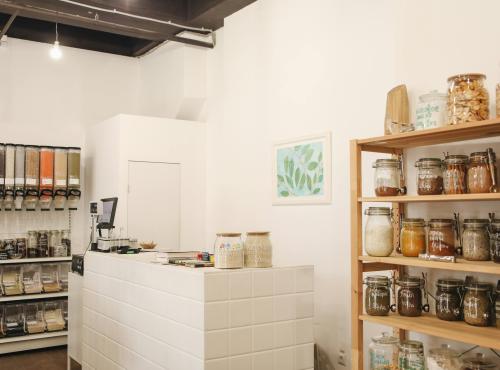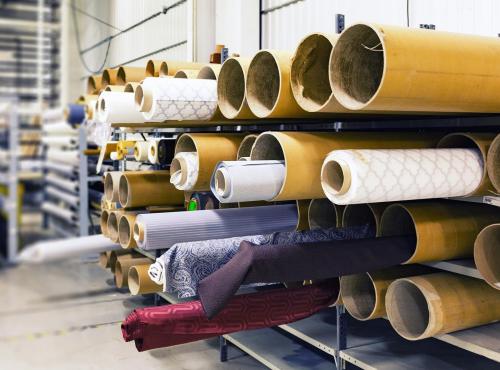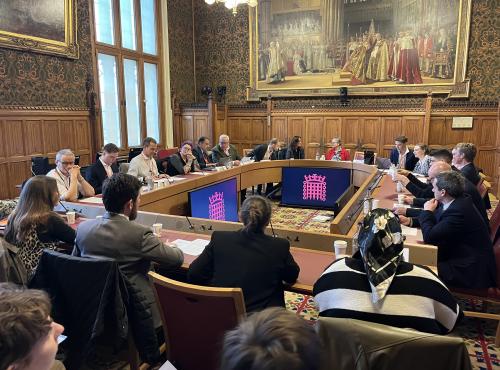The taxing plastics question
After much speculation, the Autumn Budget was surprisingly light on action on plastic waste. Hammond’s single announcement was a tax on plastic packaging with less than 30% recycled content. This matches the recycled content target in the WRAP UK Plastics Pact, but the Chancellor has stepped up the time scale by proposing to introduce the tax in 2022 (three years earlier than the deadline industry has set itself through the Pact).
The feasibility of reaching 30% varies for different packaging types. The task is relatively simply for HDPE and PET plastic bottles, and actions are already underway in this direction. But producers using plastic films, where there simply isn’t a supply of recycled material, are going to struggle. It will be interesting to see the level the tax is set at, and if industry looks to move away from certain packaging formats or simply swallows the cost (undoubtedly through increasing prices for consumers).
The tax will help to develop markets for recycled polymers, providing incentives for industry to invest in waste reprocessing infrastructure. Yet with the lack of a direct tax on virgin plastic, and the omission of the so called ‘latte-levy’, the 162,000 respondees to the Treasury’s consultation on plastics might be left feeling short changed.
The Treasury going light on plastics may be a signal that Defra is benefitting from an unusually high profile Secretary of State. Gove is known to be very passionate about plastic waste, and the lack of announcements from Hammond ensures that no thunder is stolen from Defra’s long-awaited Resource and Waste Strategy.
Joined up thinking is required, and this new tax must be backed by action to ensure packaging is designed to be recycled, is effectively collected and that the infrastructure exists to deal with increasing quantities. After the anti-climax of the Budget, we will have to wait for Defra to make their move to see how strong the Government is willing to be on these issues.
Jacob Ainscough, Zero Plastic Waste project researcher
* The picture that illustrates this story is by Jonathan Chng on Unsplash



